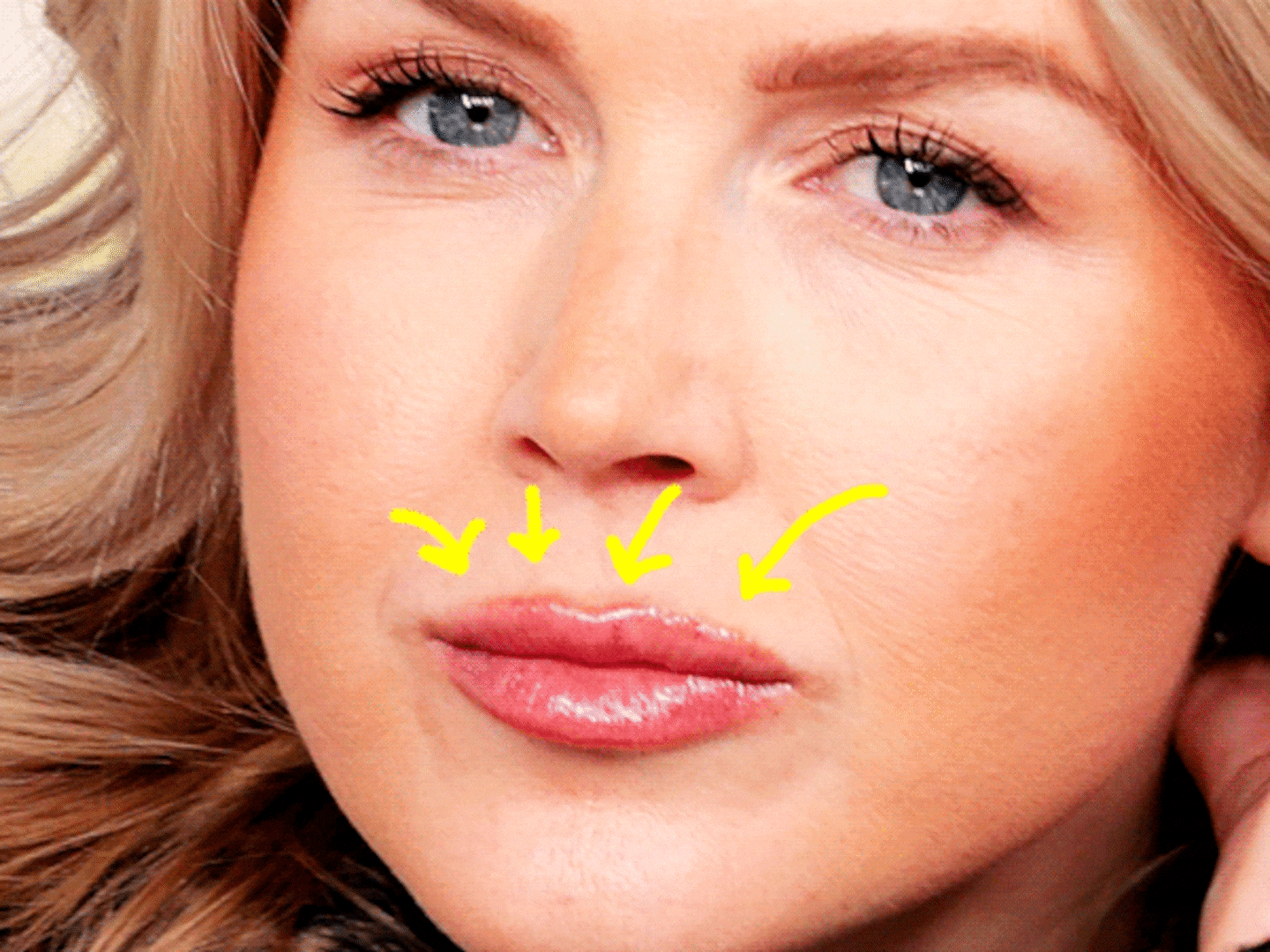“Don’t white knuckle this part,” our guide says from behind the wheel of the red zodiac as we bomb along the brown river. “Save that for when the tidal bore comes.” We’re on the Shubenacadie River (Shubie for short) in Nova Scotia, Canada, waiting for the highest tides in world to come barreling back into the Bay of Fundy and up the river.
We’ve already been well briefed that we will get very wet. Our boat will fill with water. And if we like our sunglasses and hats, we should stash them because they are unlikely to stay on our heads. We’re also told to cinch up our life jackets nice ’n’ tight in case our guide has to grab the handle at the neck and pull us out of the river. Kim Artz has fished out more than a few rafters in her 18 years of guiding on the Shubenacadie. “Ninety-nine percent of them are laughing when I get them,” she assures us with a grin, her blonde ponytail flying.

Rafters descend the banks of the Shubenacadie River to load into zodiacs for tidal bore rafting.
Patrick RojoArtz and her colleagues at Tidal Bore Rafting Resort study the tide tables and know exactly when the tide comes in to the Bay of Fundy—all 53 feet of it—and when the action will start and stop on the river. They’ve been taking guests out on the river since the ’80s, and in the years since a handful of other outfitters have joined the fun, loading zodiacs with up to eight people (plus a guide) to motor on the river for a few hours.
Dozens of rivers around the world experience tidal bores. It’s the first wave of water that rushes back into a river as the tides rise in the adjacent ocean. Tidal bores from Alaska to India attract hard core surfers. Others are too dangerous to play with. Some only happen a couple of times a year. But here on the sandy Shubenacadie, the tidal bore reverses the flow of the river twice a day, every day, creating the only place on Earth that’s ideal for up-river rafting. (If you’re a really keen on tidal bores, you can learn more dropping by the free Fundy Tidal Interpretive Centre a few miles up the road).

Before the tidal bore arrives on the river, rafters enjoy a gentle float off a sandbar.
PATRICK ANTHONY ROJOAs we wait for the tide to do its thing, our flotilla of zodiacs pulls up to a sandbar to kill a little time. We get out and wander around. We write our names in the sand and wade into the shallow water to cool off, floating on our backs for a while. Then we hop back into the zodiacs and motor past red cliffs of mud while trying to keep count of dozens of bald eagles flying in and out of the tree tops. It’s all very peaceful as we wait for 160 billion metric tons of tidal water to come sloshing back our way.
Eventually Artz announces nonchalantly, “Here comes the tidal bore.” We look up to see a big white wave bearing down in the distance. It’s moving at a pretty good clip, about seven miles an hour. Artz hits the gas in the zodiac and hugs the shoreline as we head toward the wave. I tuck my hat into my life jacket, double check the straps are tight, and reach behind me to start white knuckling the ropes tethered to the zodiac.

After getting thoroughly soaked rafting the tidal bore, guests get thoroughly muddy mud sliding on the banks of the river.
PATRICK ANTHONY ROJOWe overshoot the tidal bore, turn around to “go with the flow” and head straight into four or maybe five foot waves. The first one washes over us and, as promised, drenches us to the bone. The second wave fills the boat to the brim before draining out the back. As we gear up for the third wave, the woman across from me starts laughing, maybe manically. I’m laughing too, but I’ve learned very quickly to keep my mouth shut as we crash into the moguls of water.
Unlike white-water rafting, where the river rushes over rocks, this water is “taking the shape of waves” as it rushes over the sand, says Artz. I don’t understand the physics of standing waves, but I do get that it’s a good idea to brace my legs against the side of the zodiac as we circle back for another go. Artz moves fast to get in as many runs as we can before the roller coaster ride ends. “As the water gets higher, you lose the friction from the sand that causes the waves, and the river goes flat,” she says.

Guide Kim Artz, with the ponytail, has been taking people through the tidal bore on the river for 18 years.
PATRICK ANTHONY ROJOWe get in six or seven trips in about 20 minutes before heading to a narrower part of the river where the brown water is churning violently and looks, I think, the way things will appear at end times. This is the “washing machine” and we go through the cycle a few times. Finally, thoroughly washed, rinsed and spun out, the zodiacs take us to the river bank where we ditch our life jackets to go mud sliding.
“You guys are always our entertainment at the mud slides,” says Artz. It’s hard to decide which is more fun: climbing up the banks looking for footholds in the thick gobs of chocolate mousse-like mud or sliding down and landing in the river with a splash. Regardless of our ages, and there’s a big range, we’re all behaving like we’re eight years old. “The adults are always the last ones back in the zodiacs,” says Artz. Sure enough, the guides have to tell us more than once to climb back in. We do, eventually, and a little reluctantly, and we arrive back at the resort wet, muddy, and happy.

After a day on the water, guests at the Tidal Bore Rafting Resort enjoy a rum tasting as they relax around the campfire.
PATRICK ANTHONY ROJOAnd maybe a little more curious about the magic of tides. There’s nothing like learning about the gravitational pull of a celestial body than slamming into a wave or two. But as opposed to white water rafting, where you have to wear a helmet and know what you’re doing, on this river trip (which costs about $45 to $73 [$60 to $95 CDN]) grade school kids to grandmas just need to know how to hang on in this real-life water park.
After a couple of showers, I hang my once-blue-now-brown bathing suit on the deck at my cabin in the woods and walk to the campfire to swap muddy stories over samples of local beers and ciders. We eat dinner on a giant deck overlooking the now-gently flowing river. We feast on lobster, rolls, and salad. After a little bowl of ice cream and berries, we head back to the campfire for a few samples of rum and a few more stories. As we settle in for the night on the quiet banks of the Shubenacadie, lunar forces are at work pulling the water out again.






